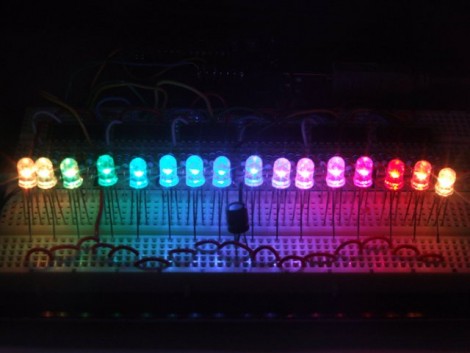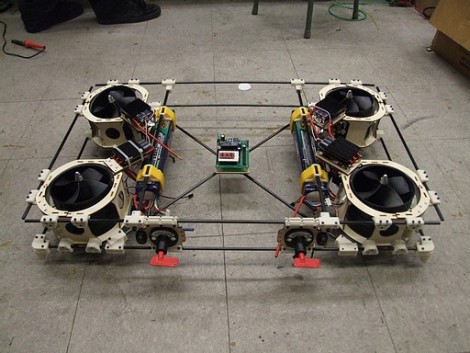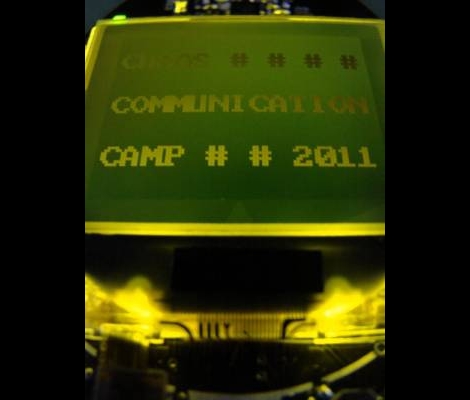
So your electronic hobby skills are coming along quite nicely but you’re not very comfortable doing more than blinking a few LEDs. Now’s a good time to try something new by driving a couple of DC motors.
You probably know that you can’t just hook these up to the pins of your favorite uC and call it good. The motors draw a lot of current (especially if they’re strained in lifting a heavy load) which would burn out your logic circuitry. Add to this the excess induced current that is generated when a spinning motor is shut off and you’re going to need a control system that can handle these dangers.
Enter the h-bridge motor driver. [Chris] has guided us through the process of building and using a H-bridge in the past. This time he’s using a motor controller that has four half H-bridges built into it. He hooks up the SN754410 to two motors, giving him speed and direction control for both based on the duty cycle of a PWM signal entering the chip for less than $2.50. Check out the video after the break for an overview of his methodology, then work your way through the multi-page post that he recently published.
Continue reading “Intro To DC Motor Control Using The SN754410”
















